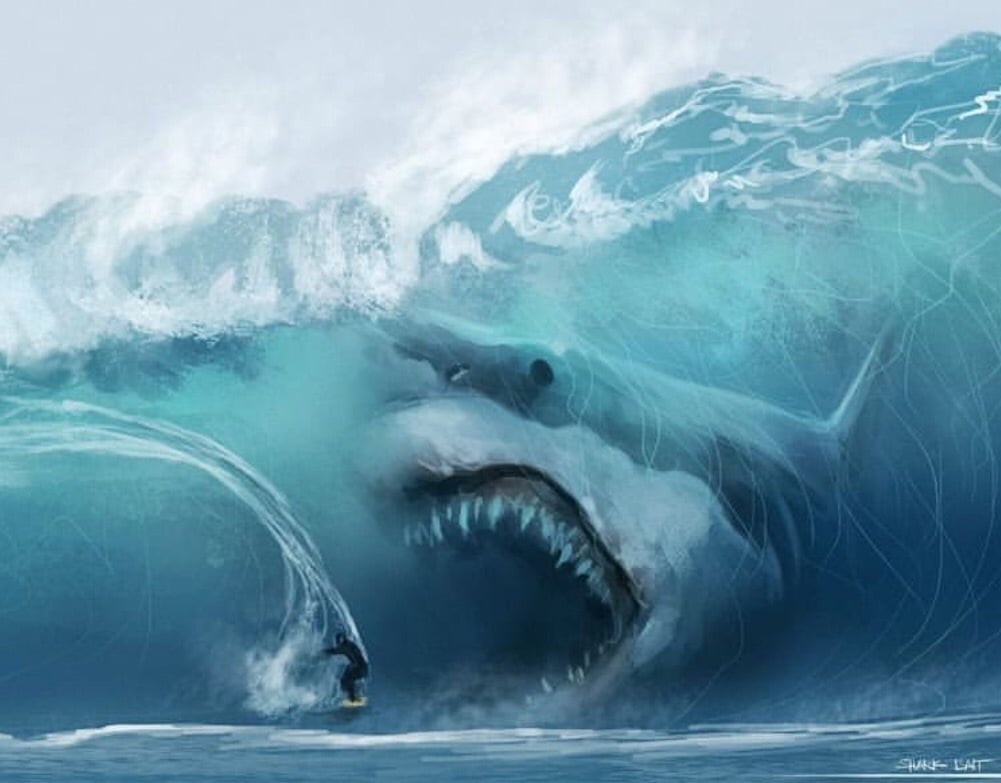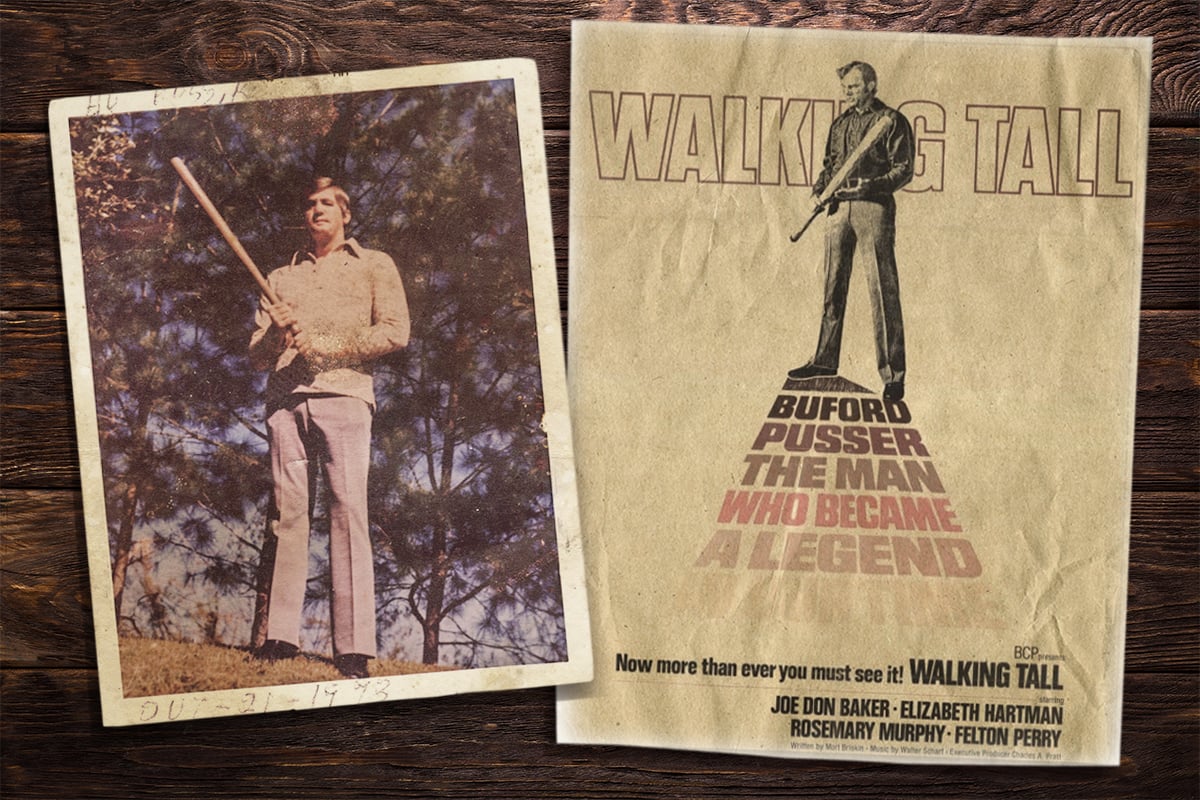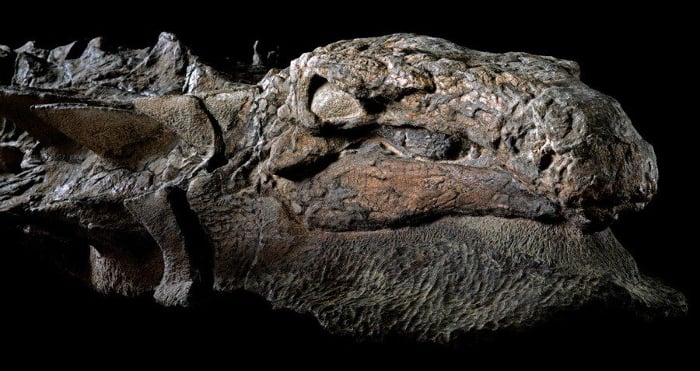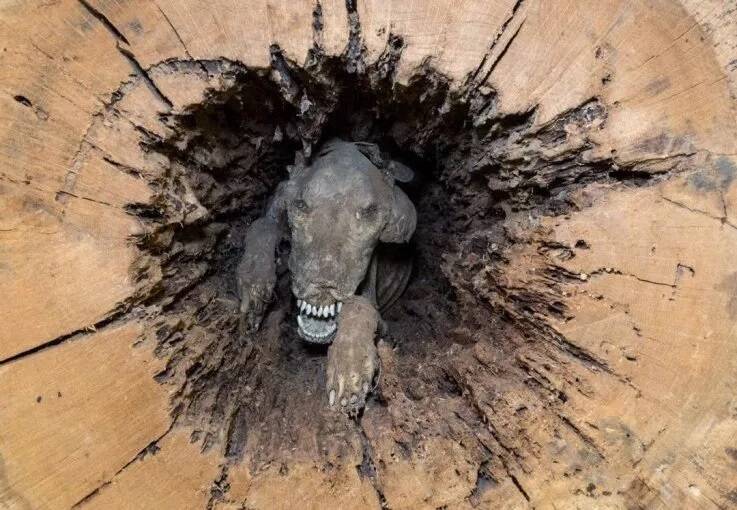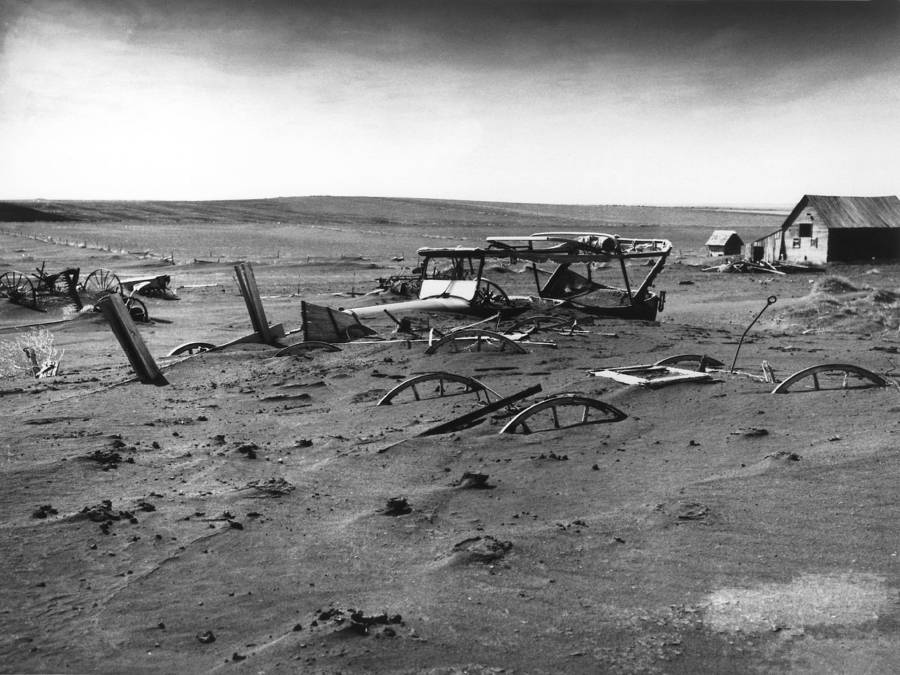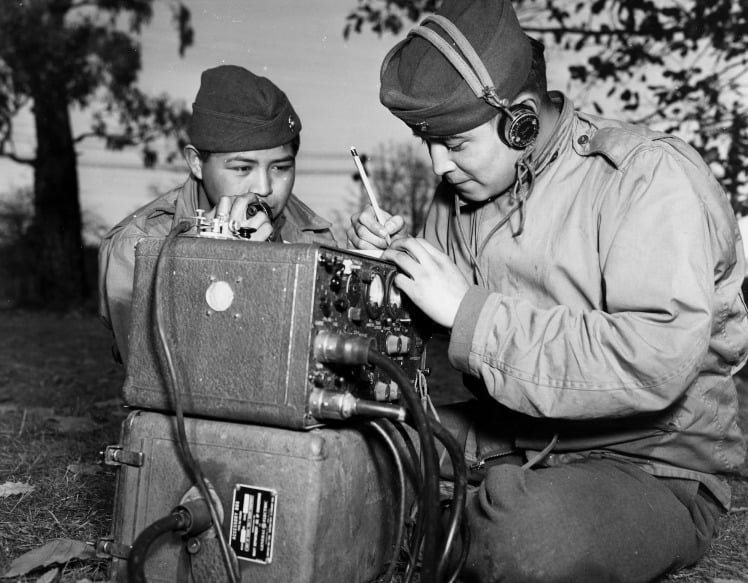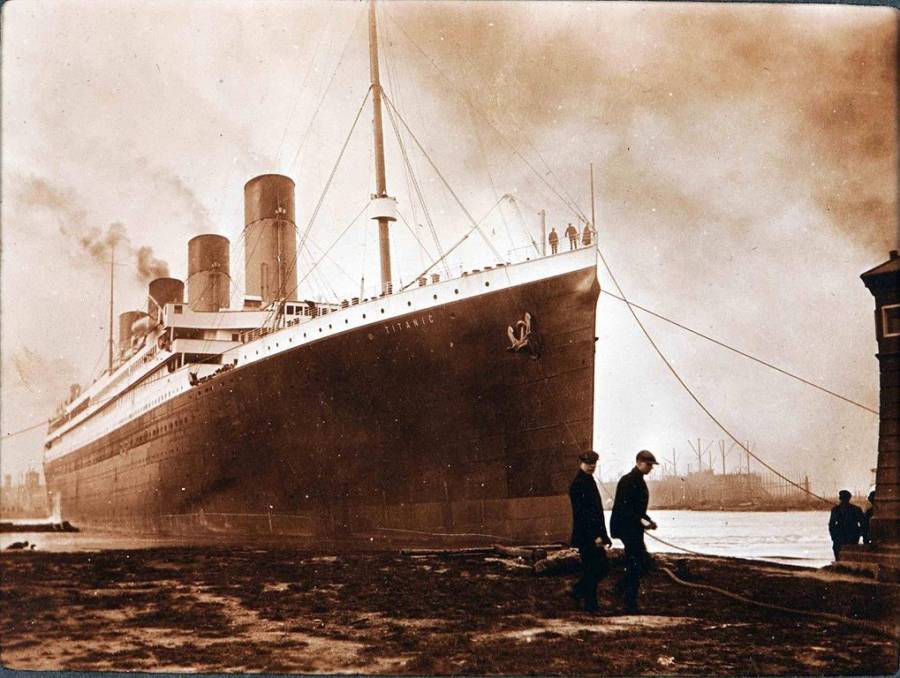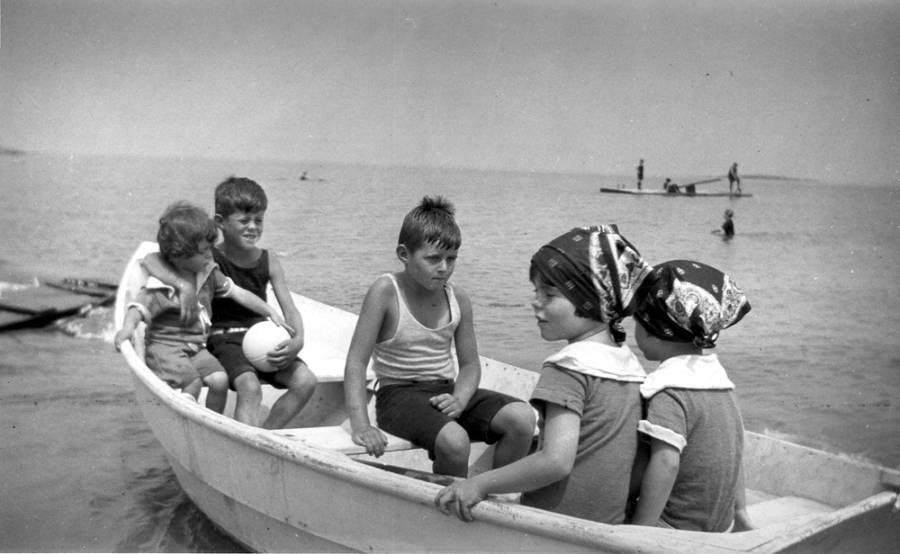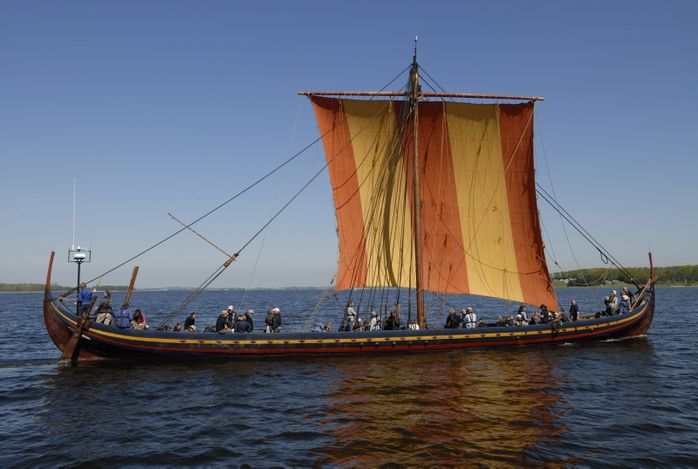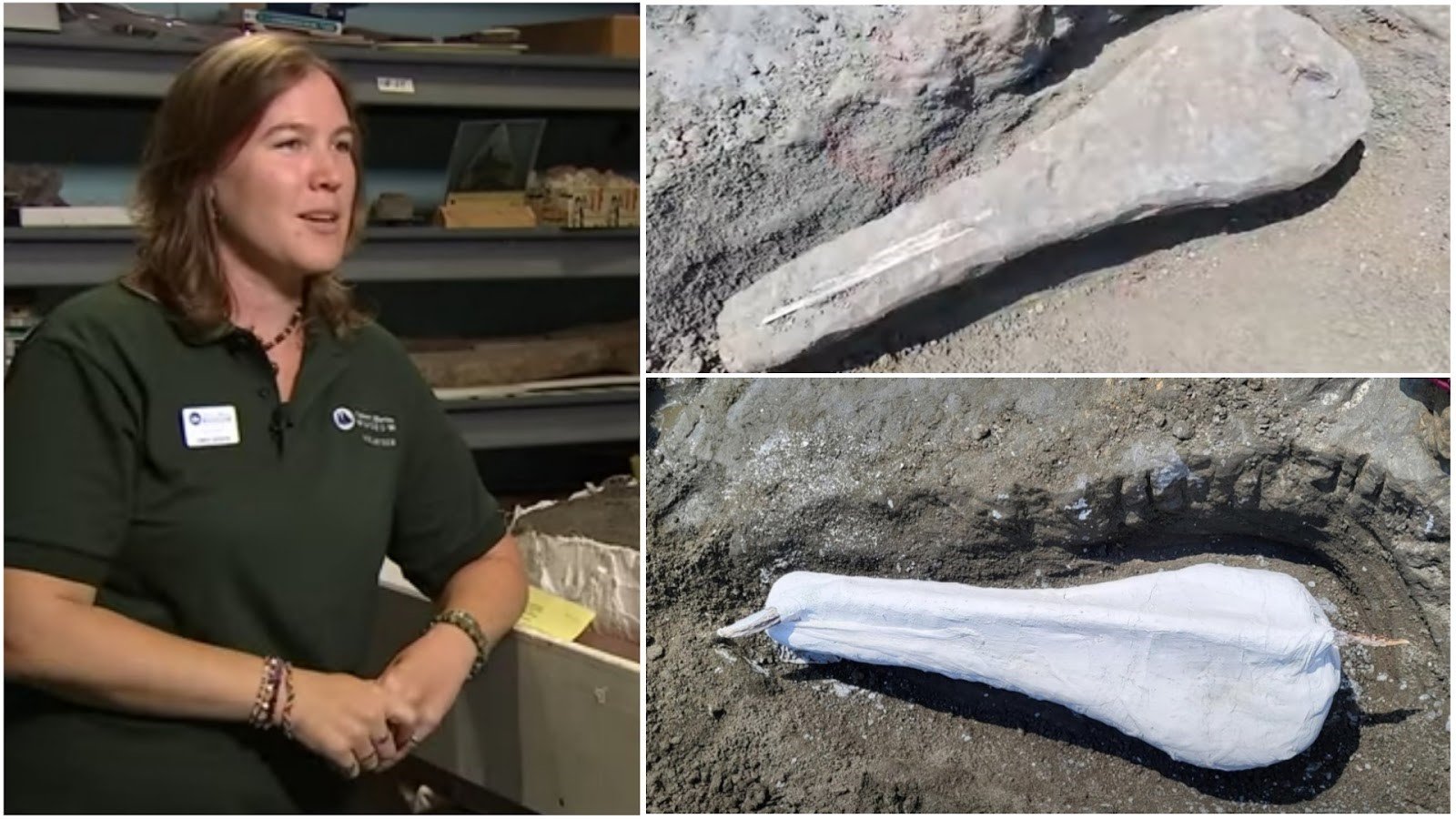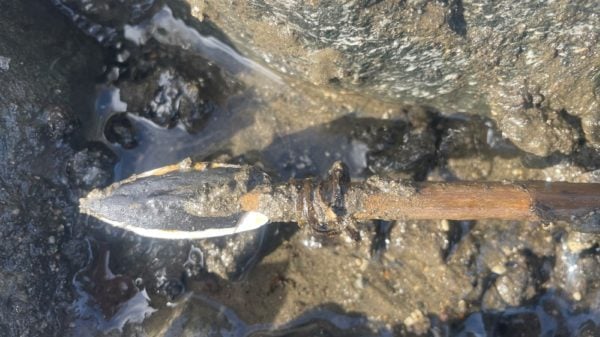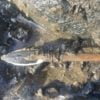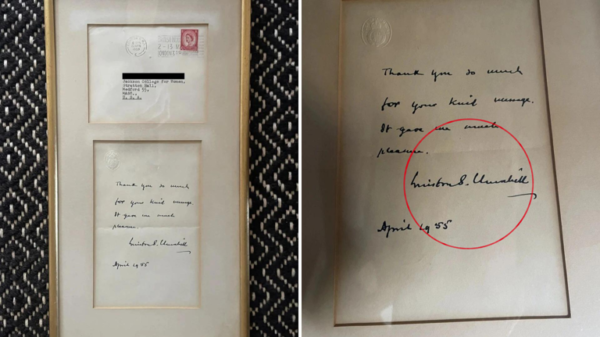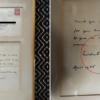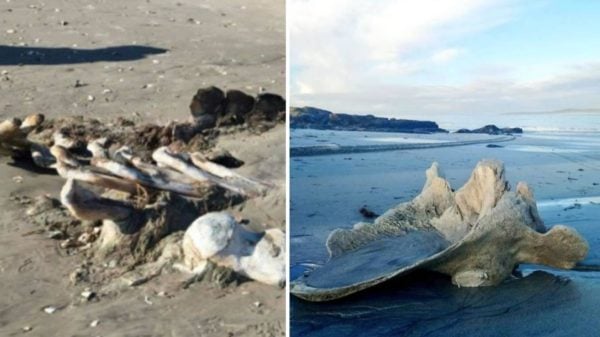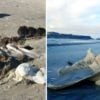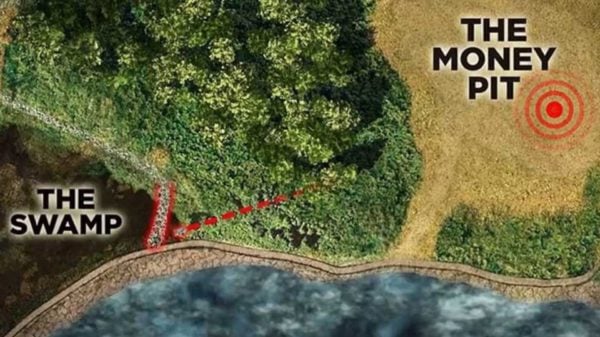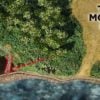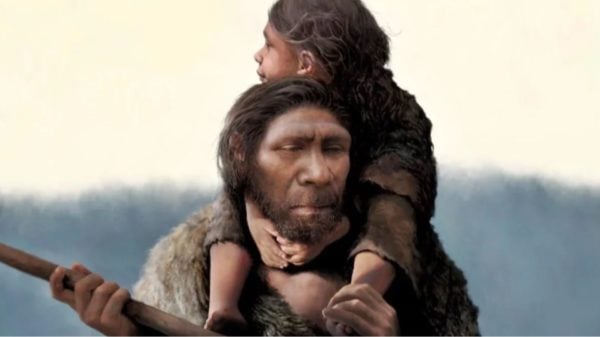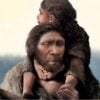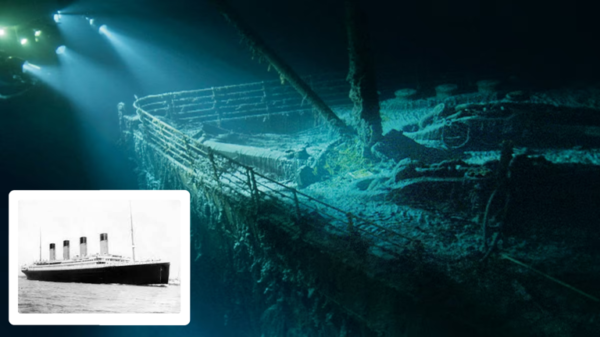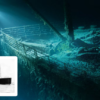It’s no longer news that many fun seekers have found bizarre things on the beach besides the usual seashells, seaweed, and sea glass. From a message in a bottle, to robot hands, giant eyeballs, WWII love letters, etc., the strange things that wash up on the beach cut across a very wide range of objects.
These interesting items remind us of the oceans’ vastness and how we would never discover everything it holds, no matter how deep we try to explore its depths. This is probably one of the lessons Emily Bzdyk learned on the night of August 5 when a casual visit to the beach led her to discover one of the most remarkable finds ever.
That night, the tides were low, so Bzdyk, a volunteer at the Calvert Marine Museum, decided that it was the perfect time to visit Maryland Beach with her friend to hunt fossils. The chances of discovering long-buried bones are very high during low tides. True to her expectations, it was the same night she stumbled upon a secret from about 15 million years ago—a dolphin skull.
More than just its age, the size of the skull was another factor that made this discovery so remarkable. It weighed 50 pounds and was 2.5 feet long, which is sufficient evidence to show that the creature was a gigantic one.
Experts speculate that the skull is likely from an extinct dolphin-like animal whose species was never discovered. “I was very excited when I figured what it might be. I had never found anything so put together. I always find fragments of bones,” Bzdyk told The Washington Post.
Bzdyk took a photo of the skull immediately she spotted it peeking out of the sandy shoreline and forwarded the picture to Stephen Groff, the Museum’s assistant paleontology collection manager, to analyze. Groff confirmed the finding and happily followed her to the beach the next day to completely unearth the fossil.
The skull was transported to the Calvert Marine Museum, and we expect that it will be put on display as soon as it’s ready to be unveiled to the world. That’s right, the skull needs to undergo some processes to ensure that we can view it in its best form.
For example, the bones are covered in sediment which Bzdyk would have to scrape off to reveal the full skull. It’s only when she completes this task that experts will be able to determine the species it belongs to with a good degree of certainty.
According to Groff, there are only four odontocetes species known to man that lived in the water bodies close to Calvert County where the skull was found. While there’s a good chance that the skull belongs to one of them, it’s also possible that it’s a whole new species altogether. “With fossils, it’s a game of chance,” he said, “it’s managed to survive the test of time…we got lucky here.”
Groff also mentioned that Bzdyk’s discovery is rare for two reasons. First, it’s one of the very few (less than 100) similar skulls that have been found in history. Secondly, it’s very difficult to find them completely intact like this one.
Bzdyk’s find is a much better discovery than anyone could have hoped for. We’re optimistic that it’ll help us learn more about the mystery that the oceans hold.








